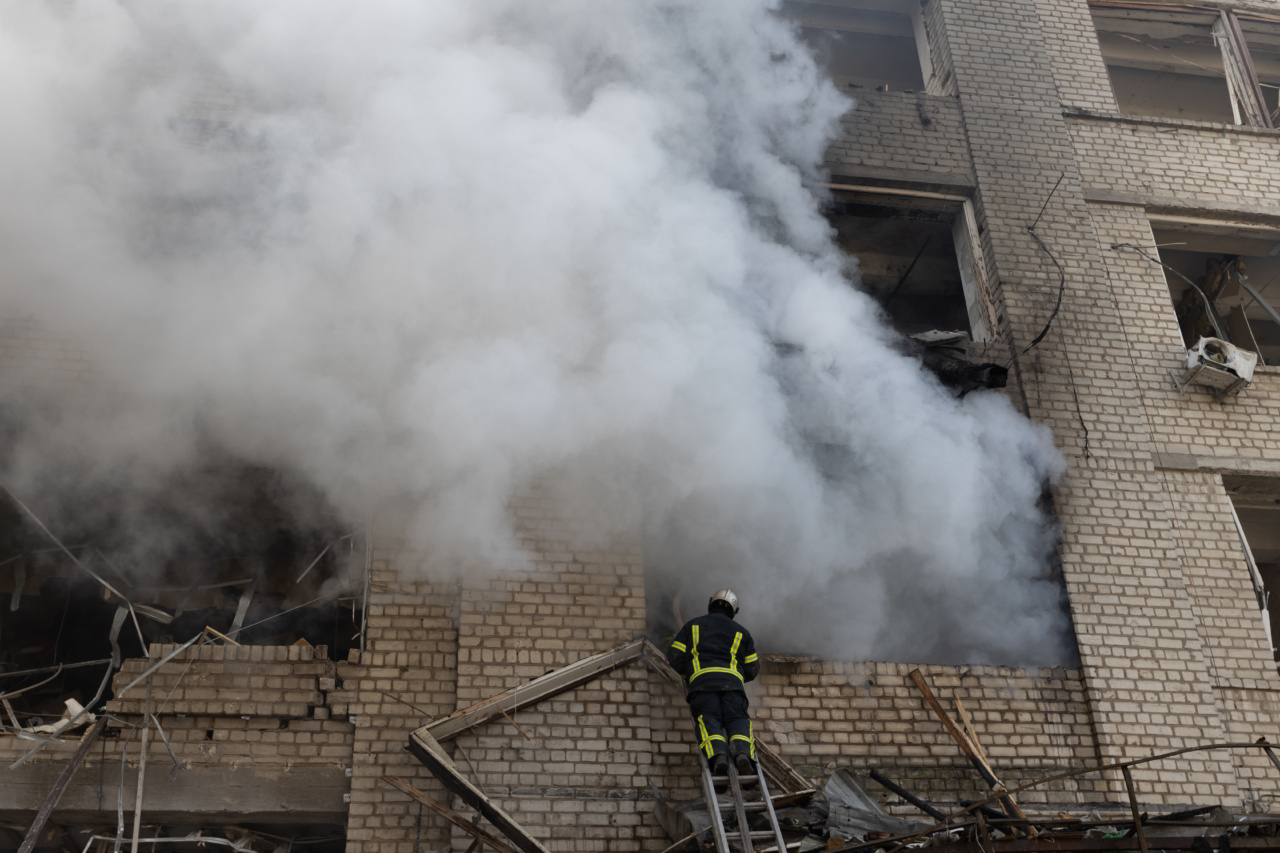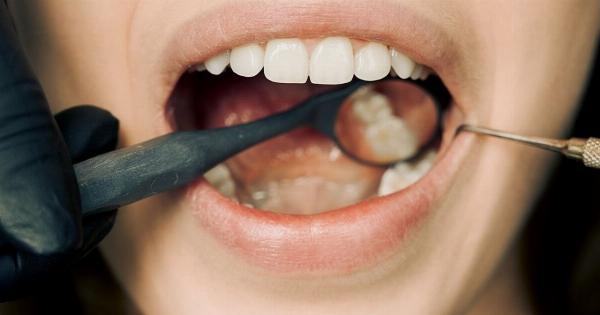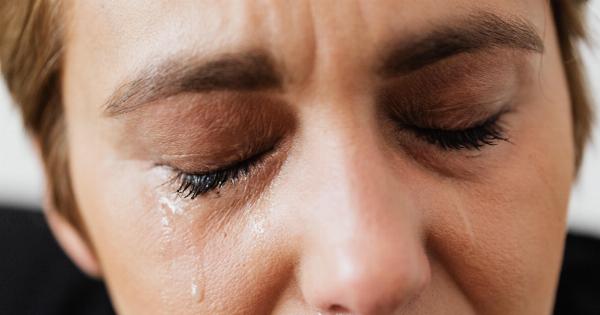Passive smoking, also known as secondhand smoke or environmental tobacco smoke, is the inhalation of smoke from tobacco products by nonsmokers. It occurs when tobacco smoke seeps into the air, making it harmful for those who are exposed to it.
While the dangers of smoking have been extensively researched and documented, the risks associated with passive smoking are often overlooked. In recent years, a growing body of evidence has shed light on the link between passive smoking and oral cancer.
The Global Impact of Oral Cancer
Oral cancer poses a significant global health burden. According to the World Health Organization (WHO), it is the sixth most common cancer worldwide, with an estimated 657,000 new cases and 330,000 deaths reported in 2018 alone.
The oral cavity includes the lips, tongue, gums, and other structures within the mouth. While the majority of oral cancer cases occur in individuals who engage in behaviors such as smoking and heavy alcohol consumption, passive smoking has emerged as an important risk factor.
The Mechanism: How Passive Smoking Increases Oral Cancer Risk
Passive smoking is a potent source of carcinogens, including various harmful chemicals, gases, and particulate matter. These substances are released into the environment when a tobacco product is burned.
When nonsmokers inhale this toxic mix, it can cause damage to the oral mucosa and other tissues in the oral cavity, leading to the development of oral cancer.
Studies have shown that passive smoking can increase the concentration of tobacco-specific nitrosamines (TSNAs) in the oral cavity. TSNAs are highly carcinogenic compounds that have been directly linked to the development of oral cancer.
The continuous exposure to TSNAs due to passive smoking can disrupt the delicate balance of cellular processes in the oral mucosa, promoting the growth of malignant cells.
Evidence from Epidemiological Studies
Several epidemiological studies have provided compelling evidence on the association between passive smoking and oral cancer.
A meta-analysis published in the International Journal of Cancer analyzed data from 23 individual studies and found that passive smoking significantly increased the risk of developing oral cancer. The researchers estimated that individuals exposed to passive smoking had a 35% higher risk of developing oral cancer compared to those who were not exposed.
Another study conducted in China, where tobacco use is prevalent, examined the relationship between passive smoking and oral cancer in a large cohort of over 50,000 individuals.
The results indicated that passive smoking was associated with a significantly increased risk of oral cancer, particularly among nonsmokers.
Children and Passive Smoking
Children are particularly vulnerable to the harmful effects of passive smoking. They inhale more air relative to their body weight compared to adults, making them more susceptible to the toxic chemicals present in tobacco smoke.
Moreover, children often lack the ability to leave smoke-filled environments or express their discomfort. This prolonged exposure increases their risk of developing various health conditions, including oral cancer.
Furthermore, passive smoking during childhood can have long-term effects on oral health.
Studies have shown that children exposed to passive smoking are more likely to develop dental caries and periodontal diseases, which can act as precursors to oral cancer later in life. Protecting children from secondhand smoke is crucial for ensuring their overall well-being and reducing the risk of oral cancer.
Reducing the Risk: Strategies for Prevention
Protecting oneself from passive smoking is essential to reduce the risk of oral cancer. Here are some strategies individuals can adopt:.
1.Avoiding smoke-filled environments: Stay away from areas where people smoke, both indoors and outdoors.
2.Creating smoke-free zones: Encourage the establishment of smoke-free environments in public places, including workplaces, restaurants, and recreational areas.
3.Education and awareness: Educate the public about the dangers of passive smoking and its association with oral cancer. Promote smoking cessation programs and resources for individuals who smoke.
4.Promote healthy lifestyles: Encourage regular dental check-ups and good oral hygiene practices. A healthy oral cavity can better defend against the potential carcinogens present in tobacco smoke.
The Importance of Policy Changes
While individual efforts are crucial, policy changes at the governmental level play a vital role in curbing the detrimental effects of passive smoking.
Governments should implement and enforce comprehensive smoke-free legislations to protect nonsmokers from the harms of secondhand smoke.
By developing and implementing effective public health policies, governments can raise awareness, support smoking cessation programs, and ultimately reduce the prevalence of oral cancer.
It is essential to recognize that the dangers of passive smoking extend beyond the smoky environments and impact the larger community.
Conclusion
The link between passive smoking and oral cancer is a serious concern that deserves attention and action.
The evidence from epidemiological studies highlights the need for efforts to reduce exposure to secondhand smoke and promote healthier environments. By adopting preventive measures, raising awareness, and implementing public health policies, we can work towards a future where the dangers of passive smoking are minimized, and the risk of oral cancer is significantly reduced.


























